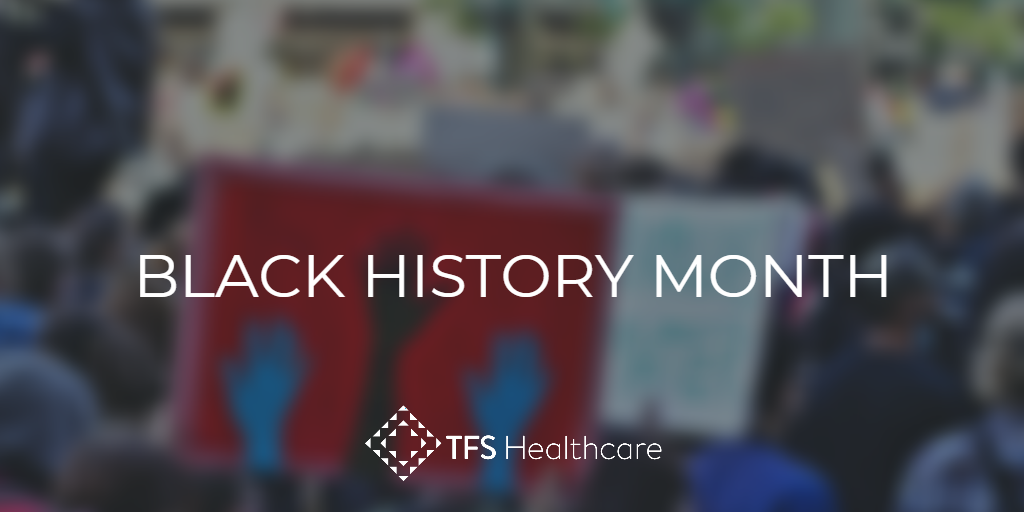To continuing marking the event of Black History Month, we are commemorating some of the black men and women who have influenced and made a significant contribution to the success of healthcare in the UK.
Annie Brewster (1858–1902)
Annie Catherine Brewster was born in the Caribbean in 1858. Her father, a wealthy merchant from Barbados settled in South London in the 1860s with his family, including Annie and her younger sister. Annie was one of the first Afro-Caribbean nurses known to work in Britain.
In 1881 Annie Brewster worked at the London Hospital as a probationer/trainee nurse and was appointed to the hospital’s nursing staff in 1884. Promoted to nurse in charge of the Ophthalmic Wards in 1888, Brewster earned the nickname ‘Nurse Ophthalmic’ because of her work with elderly patients who were losing their sight.
Annie died aged 43 after an emergency operation in the London Hospital. The matron of the London Hospital wrote of Brewster: “She had spent the best and happiest years of her life at the London Hospital. She was with us for just over 20 years, nearly 14 of which had been spent as the nurse in charge of the Ophthalmic Wards. With her quick intelligence, she became very skilful in the treatment of ‘eyes’ and her kindness to the poor old people who passed through her hands during this period was unwearied. Hospital friends mourn her loss and keep her in affectionate remembrance.”
In 2018, Annie Brewster was one of several figures whose photographs were projected onto the facade of the former Royal London Hospital building in Whitechapel to mark the 70th anniversary of the NHS.
John Alcindor (1873 – 1924)
John Alcindor was a physician and activist from Trinidad who settled in London. He became president of the African Progress Union in 1921.
During his time in Trinidad, Alcindor won one of four island Scholarships that enabled him to study medicine at Edinburgh University in Scotland. He graduated with a medical degree in 1899 and worked in London Hospitals, going into practice on his own around 1907.
His offer to help in the First World War was rejected because of his origin, but he managed to join the British Red Cross and help many soldiers returning from the battlefield. Alcindor was awarded a Red Cross medal for his work with the wounded at London rail stations during World War I.
Alcindor served as senior district medical officer of the London borough of Paddington from 1921 until his death.
In July 2014 a blue heritage plaque in Alcindor’s honour was unveiled at the site of Alcindor’s surgery which is now the Medical Centre in Harrow Road, Paddington.
Charles Richard Drew (1904 – 1950)
Charles R Drew was born into an African-American middle-class family in Washington, D.C. He was a medical researcher who developed techniques to preserve blood plasma, widely used today.
Drew attended medical school in Canada, where he achieved membership in Alpha Omega Alpha, a scholastic honour society for medical students, ranked second in his graduating class of 127 students, and received the standard Doctor of Medicine and Master of Surgery degree awarded by the McGill University Faculty of Medicine in 1933. In late 1940, before the U.S. entered World War II and just after earning his doctorate, Drew was recruited to help set up and administer an early prototype program for blood storage and preservation. He was to collect, test, and transport large quantities of blood plasma for distribution in the United Kingdom. Drew went to New York City as the medical director of the United States’ Blood for Britain project, a project to aid British soldiers and civilians by giving U.S. blood to the United Kingdom.
Drew was appointed director of the first American Red Cross Blood Bank in February 1941 and his distinction in his profession was recognised when he became the first African-American surgeon selected to serve as an examiner on the American Board of Surgery.
He was given an honorary doctor of science degree, first by Virginia State College in 1945 then by Amherst in 1947.
In 1939, Drew was driving to Alabama to attend the annual free clinic at the John A. Andrew Memorial Hospital when his car crashed and he succumbed to his injuries.
Since his death, numerous schools and health-related facilities, as well as other institutions, have been named in his honour.
For more information about Black History Month and the celebrations that are taking place this year, visit the official Black History Month website.


